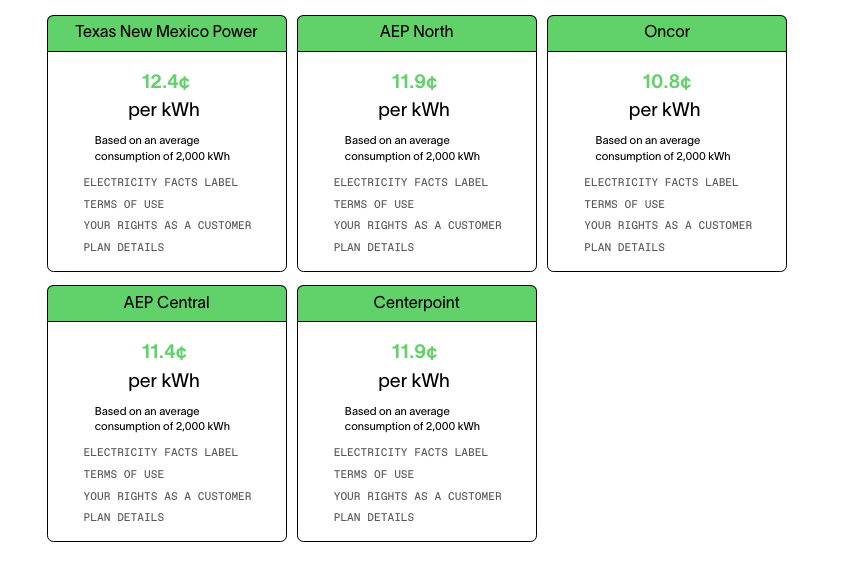Some exciting news!
Can't wait to start this again
I am restarting the second season of the Epic Podcast series. If you’re wondering what’s that- in 2020/21, I ran a small podcast series interviewing founders of startups in the sustainability/social impact space.
I think the biggest learning out of that was for me.
But this time, I feel I am more equipped to have deeper conversations and talk more about problems and solutions.
And this is not restricted to just the founders.
I would love to speak to people who are working as employees or individuals in this space. If you’re one of them or know of someone whom I can reach out to, please let me know by replying to this email.
Moving onto this week’s content. So today, we have-
🐘There’s a bigger threat than poaching
Earlier this year, Africa’s biggest animal translocation exercise took place. And this time, the reason was not poaching. They’ve been quite successful at winning the poaching war.
But now they have a new enemy- climate change.
Earlier this year, Zimbabwe moved 2500 animals.
It started in September when Zimbabwe decided to move 2500 wild animals from a southern to a northern reserve. And this was done to rescue them from drought.
400 elephants, 2,000 impalas, 70 giraffes, 50 buffaloes, 50 wildebeest, 50 zebras, 50 elands, 10 lions, and a pack of 10 wild dogs were moved from Zimbabwe's Save Valley Conservancy to three conservancies in the north - Sapi, Matusadonha and Chizarira.
"We are doing this to relieve pressure. For years we have fought poaching and just as we are winning that war, climate change has emerged as the biggest threat to our wildlife," said Tinashe Farawo, spokesman for the Zimbabwe National Parks and Wildlife Management Authority.
Climate change has impacted all nations and living beings- some more than others.
👍Transforming waste into opportunity
OK, so here are the problems…In Africa, 20% of the population doesn’t get enough to eat. In Sub-Saharan Africa, 1 in 3 children has stunted growth due to lack of nutrition. Smallholder farms account for up to 90% of the food production there. These farms have as few as 5 fruit trees. Most of these farms grow the same products so the market suffers from the problem of overproduction. Also, due to a lack of refrigerated storage and transportation, the farm owners lose 90% of their products.
Making new products out of food waste…Female farmers growing mangoes and pineapples in Kenya and Uganda also faced these challenges. A lot of their produce was wasted. So an East African start-up Agricycle designed a solar dehydrator that allowed fruit farmers to turn perishable produce into dry-fruit snack food. Apart from bringing down food wastage, it helped these women make 7-times more than the average daily wage.
Drying fruits helps to preserve them but the founder Joshua Shefner realized that the existing dehydrators aren’t built for the developing world.
Agricycle’s dehydrator works without electricity. It’s a simple container that heats up in the sun while protecting the fruit inside.
Although they started with the dehydrator, they soon realized that just producing dried fruits is not enough, if there aren’t any customers

From tree to shelf…So they decided to build the entire supply chain. Farmers use these solar dehydrators to preserve their mangoes, pineapples and jackfruit. Agricycle buys it from them and sells it in the United States and Europe. Customers who purchase the dried fruit can find a QR code on each bag that narrates the story of the women who dried it and the farmers who grew it.
💰Enabling customers to save money by switching to green energy
Here’s the problem & the solution…For our electricity needs, we have primarily relied on coal, oil and other fossil fuels. And as a result of burning these, greenhouse gases in the atmosphere are at an all-time high. Electricity is one of the biggest contributors to that. The solution is simple and straightforward- switch to green energy sources like solar, wind, and geothermal.
Green and affordable…Branch Energy is facilitating this switch to green energy for homeowners. It is a tech-powered green energy provider that’s helping consumers reduce their energy bills and carbon footprints. For its launch, it’s focusing on markets where the energy industry is deregulated- customers can choose their energy provider. It has started in Texas, US.
Customers can choose from one of the 100% renewable energy providers on Branch’s platform.
Branch will help them with billing, payment and customer service.
It will also help the customers install and finance smart energy devices that save energy and reduce costs.
Sit back and relax…The installation rates for modern devices like smart thermostats, smart water heaters, and solar arrays remain low in the US as there are various steps involved in the process- doing the calculations on the payback period, researching & buying everything and then coordinating with contractors to get them installed. Using data, satellite imagery, hyper-local weather forecasts and AI, Branch Energy does that for the users.
🌊 Which rivers are dumping plastic into our oceans?
Our waterways carry the waste generated on the land to our oceans. Here are some of the major contributors-
👂What I’ve been listening to?
Thanks for reading today’s edition. If you have any thoughts or questions, feel free to write to me by replying to this email.
Have a great weekend😊










